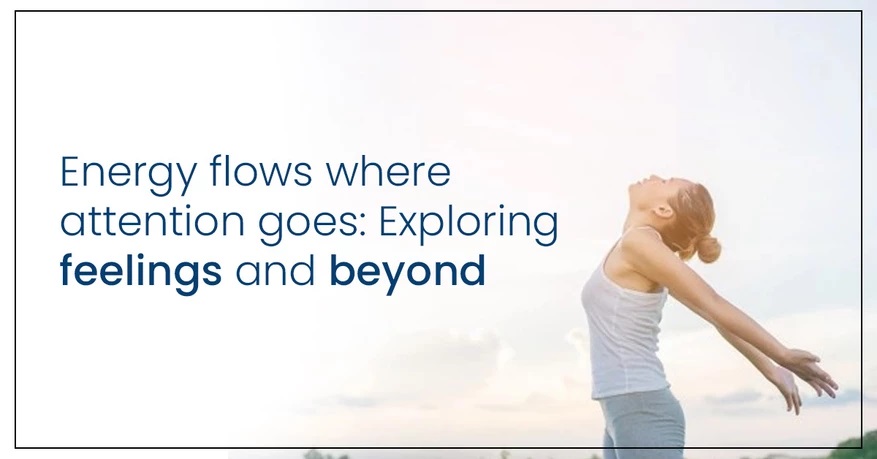What are you feeling right now, as you start to read this? Are you curious? Anticipating that you’ll learn something about yourself? Bored because this is something you have to do for a project and you’re not really into it — or happy because it’s something you enjoy?
Maybe you’re distracted by something else, like feeling excited about your weekend plans or sad because you just went through a breakup.
Emotions like these are part of human nature. They give us information about what we’re experiencing and help us know how to respond.
We sense our emotions from the time we’re babies. Infants and young children react to their emotions with facial expressions or with actions like laughing, cuddling, or crying, and other body language. They feel and exhibit emotions, but they can’t yet name the emotion or say why they feel that way.
As we grow up, we become more skilled in understanding emotions. Instead of just reacting as little kids do, we can recognise what we feel and put it into words. With time and practice, we get better at knowing what we are feeling and why. When you’re able to focus your energy on this, it is called emotional awareness.
Once you understand what it is and how it can mould your life, it looks like the simplest thing to execute. We can call it abundance mindset, as it plays a part in many other tactics, practices and hacks, supercharging the effectiveness of an individual.
The best part? All it requires is that you become a bit more deliberate, listen deeply to the answers, observe and focus on what is all around you. That’s it!
As Tony Robbins says, energy flows where attention goes, the more you understand, process and name your emotions, the more you will be able to understand what occupies most of your attention, ultimately identifying where most of your energy goes.
We must connect with ourselves- when we connect within, harmonize with ourselves, we find the confidence to face life head-on, make decisions, behave with convection and have a better clarity overall. We find ourselves as someone who is consistent, dedicated, committed and confident.
That’s because being aware of our emotions can help us talk about feelings more openly, avoid or resolve conflicts better, and move past difficult feelings more efficiently.
Some people are naturally more in touch with their emotions than others. But everyone can become emotionally aware, it just takes practice. Listen deeply to the answers from within – it’s worth the effort. Emotional awareness is the first step toward developing emotional intelligence that can help people succeed in all endeavours.
-
Emotions come and go. Most of us experience many different emotions throughout the day. Some last just a few seconds. Others might linger to become a mood.
-
Emotions can be mild, intense, or anyplace in between. The strength of emotion can depend on the situation and on the person.
-
There are no good or bad emotions, but there are good and bad ways of expressing (or acting on) emotions. Learning how to express emotions in acceptable ways is a separate skill. Managing emotions is built on a foundation of being able to understand emotions; identifying your neural firing flows before you act on anything.
Building Emotional Awareness
Emotional awareness helps us understand and accept ourselves. So how can you become more aware of your emotions? Start with these three simple steps:
-
Make a habit of tuning in to how you feel in different situations- You might notice that you feel excited after making plans to go somewhere. Or that you feel nervous before an exam or appointment. You might be relaxed when listening to music, inspired by an art exhibit, or pleased when a friend gives you a compliment. Simply notice whatever emotion you feel, then name that emotion in your mind. Each emotion passes and makes room for the next experience.
-
Rate your feeling. After you notice and name an emotion, take it a step further: Rate how strongly you feel the emotion on a scale of 1–10, with 1 being the mildest feeling and 10 the most intense.
-
Share your feelings with the people closest to you. This is the best way to practice putting emotions into words, a skill that helps us feel closer to friends, partners, parents — anyone. Make it an everyday practice to share feelings with a friend or family member. You could share something that’s quite personal or something that’s simply an everyday emotion – whatever suits you.
-
Invest time in your body. Once you are in touch with your mind, it is time to sync it with your body. Practice a healthy lifestyle, eat better, sleep well, stay hydrated, practise yoga, walk or jog, practice guided meditation, Zumba, aerobics – pick your choice! Focus your energy on maintaining a healthy mind-body relationship.
Just like everything else in life, practice makes perfect! Keep exploring your emotions and keep giving them a name. Always remember, energy flows where attention goes.
You can always reach out to us for further assistance.




